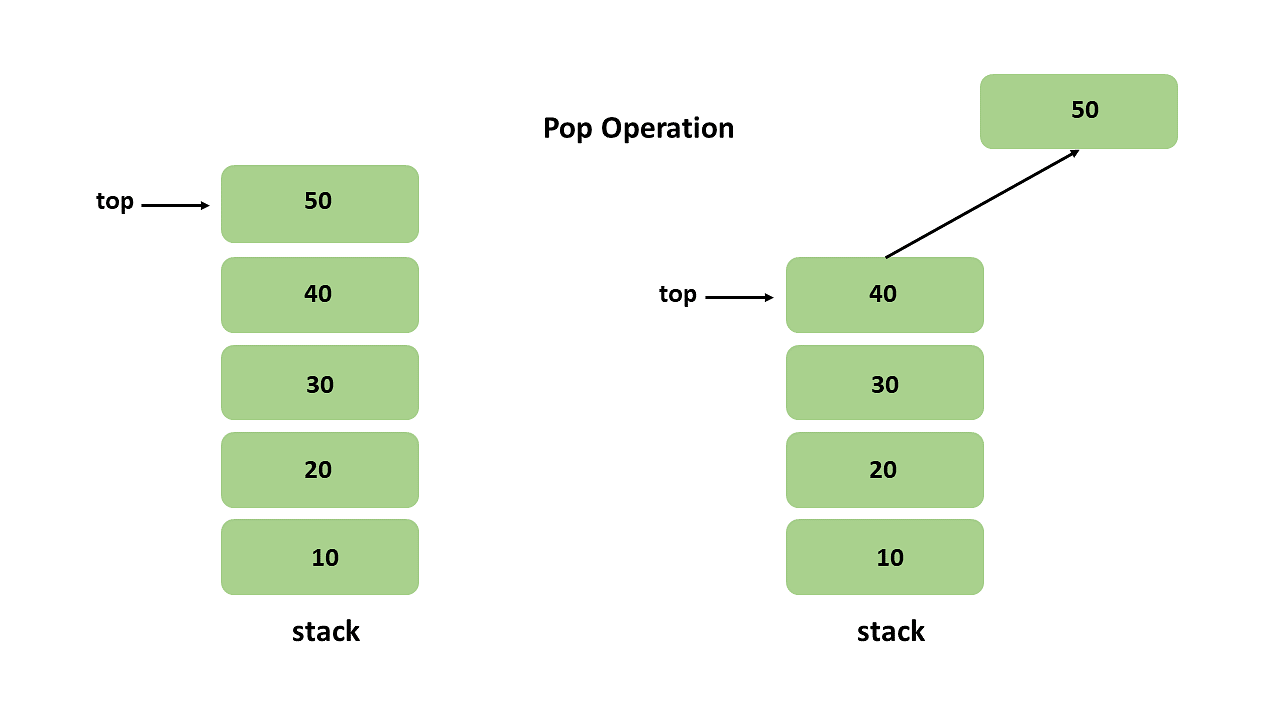Pop Operation Presentation
| Introduction to Pop Operation | ||
|---|---|---|
| Pop operation is a fundamental operation in computer science. It is used to remove an element from the top of a stack. The removed element is returned as the result of the pop operation. | ||
| 1 | ||
| Syntax and Parameters | ||
|---|---|---|
| The syntax for pop operation is: stack.pop(). The pop() method does not take any parameters. It is typically used with stack data structures. | ||
| 2 | ||
| Functionality and Implementation | ||
|---|---|---|
| The pop operation removes the topmost element from the stack. It adjusts the stack size accordingly. The removed element is returned, allowing for further processing. | ||
| 3 | ||
| Example Scenario | ||
|---|---|---|
| Consider a stack with elements: [5, 10, 15, 20]. Performing the pop operation on this stack will remove and return the element 20. The stack will then be: [5, 10, 15]. | ||
| 4 | ||
| Error Handling | ||
|---|---|---|
| If the stack is empty, attempting to perform a pop operation will result in an error. To avoid this, it is important to check if the stack is empty before executing the pop operation. Implementations may provide built-in error handling mechanisms for pop operations. | ||
| 5 | ||
| Time Complexity | ||
|---|---|---|
| The time complexity of a pop operation is O(1). It does not depend on the size of the stack. The operation simply removes the top element and adjusts the stack size. | ||
| 6 | ||
| Conclusion | ||
|---|---|---|
| Pop operation is a crucial component of stack data structures. It allows for removing and retrieving the topmost element from the stack. Understanding its syntax, functionality, and error handling is essential for efficient programming. Note: These slides are just an outline. You can add more content, design elements, or visuals to enhance the presentation. |  | |
| 7 | ||



